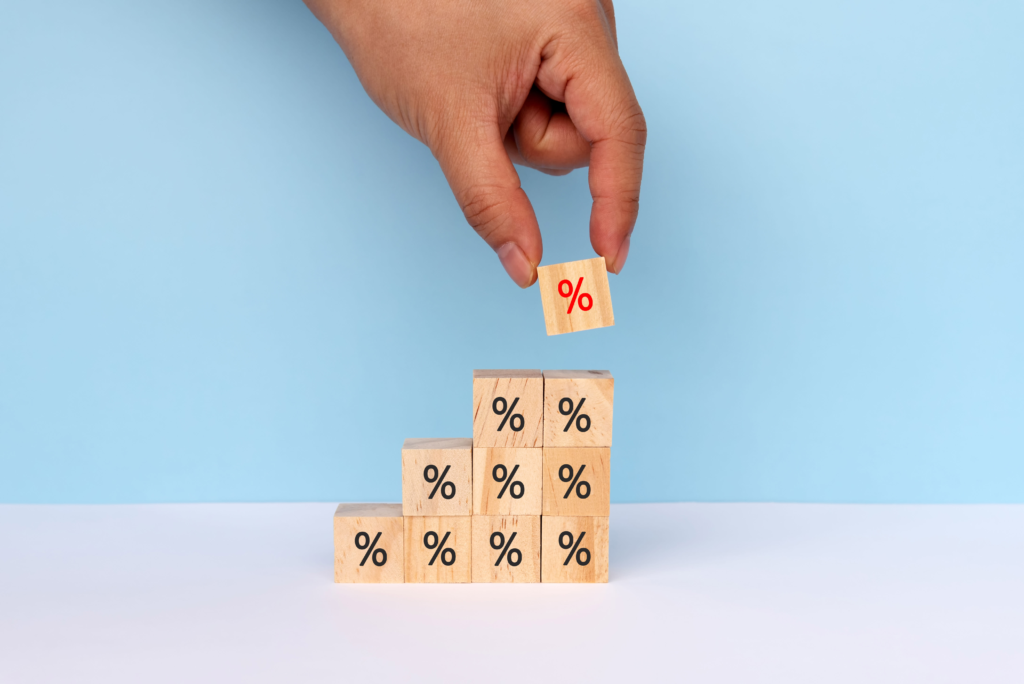
When you put your money into a savings account, you’re not just stashing it away for safekeeping but also giving it the potential to grow. The magic element that makes this growth possible is the interest rate. Understanding how interest rates affect your savings over time can help you make smarter decisions about where to keep your money. This article explores the impact of interest rates on savings and how they can either boost or slow down the growth of your funds.
The Power of Compound Interest
Compound interest is often called the world’s eighth wonder for a good reason. It refers to earning interest on your interest and the principal amount you originally deposited. When your savings deposit has a competitive interest rate, the compounding effect can significantly increase the total money accumulated over time.
For instance, if you start with an initial deposit and your bank regularly applies interest to your total balance (including previously earned interest), your savings will grow at an exponential rate. This is why paying attention to the compounding frequency (daily, monthly, or annually) is as important as the interest rate.
Interest Rates and Inflation
Another critical aspect to consider is how interest rates interact with inflation. Inflation refers to the general increase in prices and the fall in the purchasing value of money. If the interest rate on your savings deposit is lower than the inflation rate, your savings might grow numerically, but their actual purchasing power decreases over time.
Ideally, you want to find a savings deposit offering an interest rate equal to or higher than the current inflation rate. This ensures that your savings grow and maintain or increase their value in terms of what that money can buy in the future.
Saving for the Long Term
Interest rates have a more significant impact on long-term savings. The longer you leave your money in a savings deposit, the more time compound interest has to work magic. Over decades, even a slightly higher interest rate can substantially affect your savings.
This emphasizes the importance of shopping around for a savings deposit with the best possible interest rate. Even a fraction of a percentage point can add up to a significant amount of money over a long period.
Rate Variability and Savings Goals
Interest rates are not static; they fluctuate based on various economic factors. When planning your savings strategy, it’s important to consider this variability. Some savings deposits offer a fixed interest rate for a certain period, while others have rates that vary with the market.
Understanding your savings goals can help you decide which type of account is best for you. A fixed-rate account might offer the needed stability if you’re saving for a short-term goal. An account with a variable rate for long-term savings might provide higher returns as market conditions improve.
SoFi states, “SoFi Checking and Savings accounts earn up to 4.60% annual percentage yield (APY)1—an easy way to earn more.”
The interest rate on your savings account is crucial in determining how much your savings will grow over time. By understanding the principles of compound interest, the relationship between interest rates and inflation, and the importance of long-term savings strategies, you can make informed decisions that will help you maximize the growth of your savings. Remember, actively managing your savings and regularly reviewing your options is key to ensuring your money works as hard as possible.
